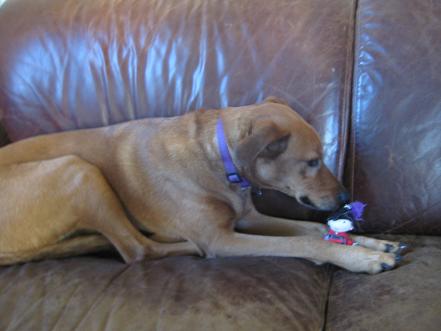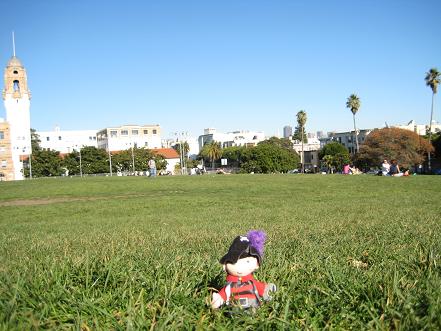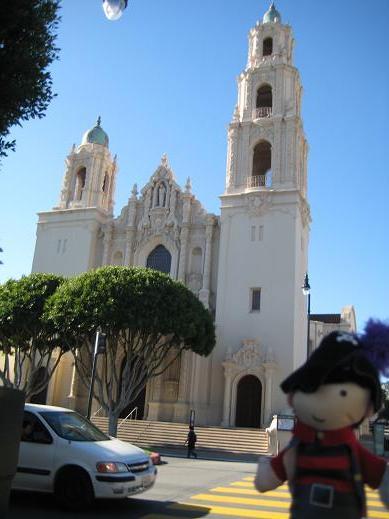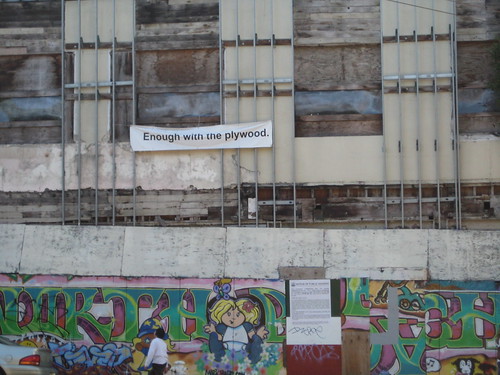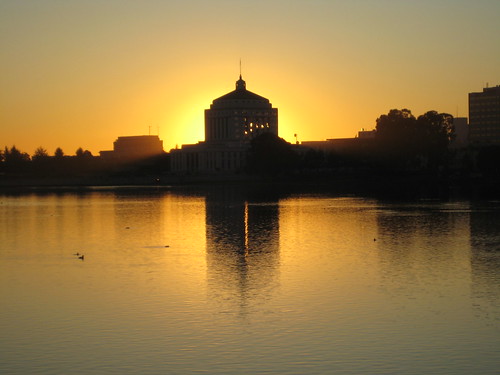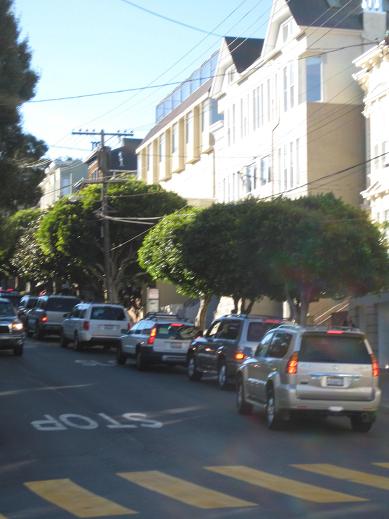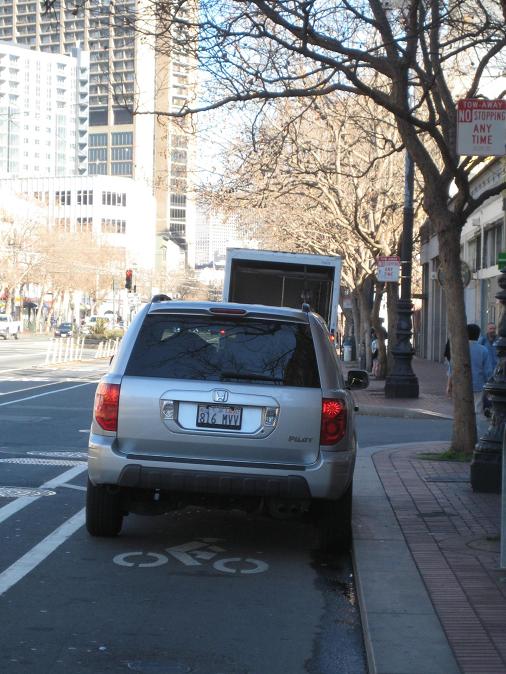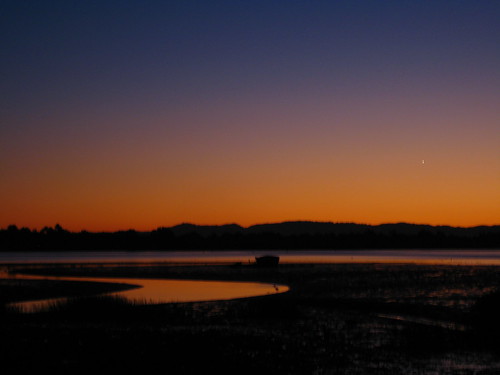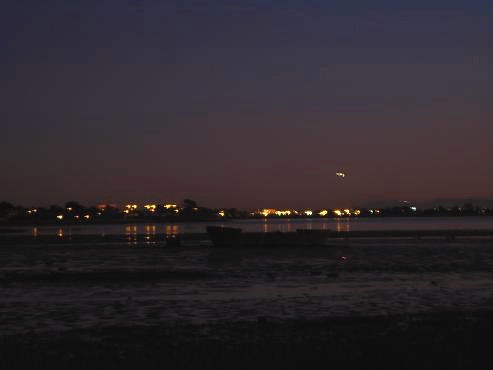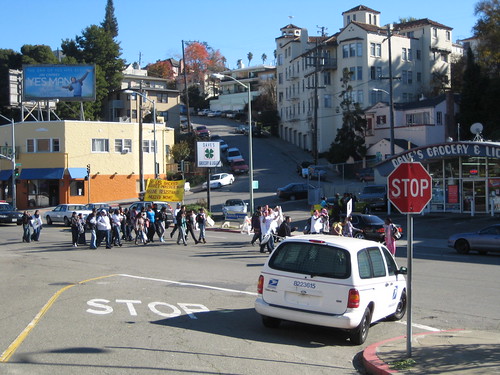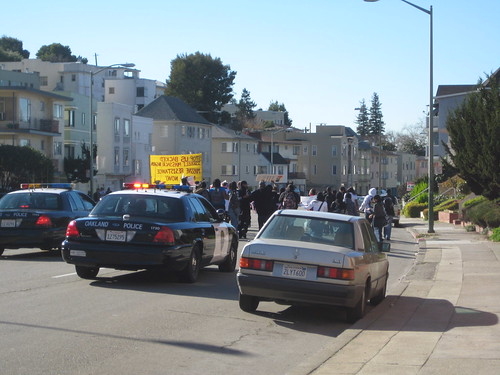Today I woke up early and went out to walk the dog and get some coffee. When I’m out walking, I often listen to KALX, the Berkeley student radio station, but the first thing I heard when I turned it on this morning on was “Anarchy in the UK” by the Sex Pistols. Don’t get me wrong: I like the Sex Pistols as much as the next guy, but it wasn’t what I was looking for at 8:30 on a lovely Sunday morning. So I switched over to NPR, something I try to avoid doing, especially on the weekends (I’ll save my full NPR rant for another time).
So what do I hear on NPR? A report from Linda Wertheimer about the personal side of George W. Bush. I have no objection to these sorts of stories in principle, but my God was this one awful. The NPR website claims that the report is “the third in a series examining President Bush’s legacy.” Sure, if by “examine” you mean quoting a total of three observers: two fawning Bush advisers, and one reporter who is extremely impressed with the rigor of Bush’s mountain bike rides.
It’s a short enough report that you can read it yourself if you like, but this assessment from former Commerce Secretary Don Evans, a longtime friend and aide to Bush, pretty much captures the tone of the whole piece:
“I wasn’t a knee-walking drunk, but I was drinking. And alcohol was beginning to compete for my affections. So I quit. One night I had too much to drink in Colorado Springs, Colo., and I haven’t had a drink since,” Bush said.
That was in 1986. Don Evans, secretary of commerce in the president’s first term and a friend of 40 years, says that act demonstrated the president’s commitment to his family and to the Bush family’s belief in public service.
“He realized at that point in his life, not only for his children and his family but for all fellow man — he can’t honor that core belief like he wants to if he’s drinking,” Evans says. “So he quit. Pretty amazing, I might say.”
Did you catch that? Bush quit drinking “for all fellow man.” Really! And people say that Barack Obama is treated as the Messiah. For an alcoholic to quit drinking cold turkey is indeed a difficult and praiseworthy thing to do, but since Evans chose to describe this personal accomplishment as an act of global salvation, I can’t help but point out that “all fellow man” would been spared eight years of Bush’s disastrous “leadership” if he had never quit drinking.
NPR apparently thought that Evans was a particularly insightful observer of the President, because they chose to give him the last word:
“I promise you this,” Evans says. “Anybody that has a chance to sit down and visit with George Bush will come away saying, ‘You know what? I really like that guy. He is really a good man.’ “
In retrospect, I should have stuck with the Sex Pistols: despite containing lines like “I am an antichrist,” I think “Anarchy in the UK” is much less offensive than NPR at 8:30 on a lovely Sunday morning.

